Director Drew Stone’s The New York Hardcore Chronicles Film is an incredible journey through the community and culture of the iconic New York hardcore scene. Not the typical history of a local music scene but so much more. Shot in an episodic format, the film contains over 60 interviews, never before seen footage, photos and a blazing soundtrack. With appearances by Roger Miret & Vinnie Stigma (Agnostic Front), Lou Koller, Craig Setari (Sick Of It All), Ray Cappo (Youth Of Today), Billy Graziadei (Biohazard), Billy Milano (S.O.D. / M.O.D.) and Mike Judge (Judge). The film addresses the community, culture, straight edge and DIY ethic of the hardcore scene in the greatest city in the world that is still vibrant, relevant and going strong to this day.
Related Movies

Cannes: All Access (2007)
From its simple beginnings in 1939 in a sleepy beach town in the south of France, the prestigious Cannes Film Festival has become the must-attend red carpet event of the year. Filmmaker Richard Schickel's fascinating documentary captures the glitz and glamour of the festival's incredible 60-year run with archival footage and unforgettable moments. Hollywood's biggest names including Clint Eastwood, Martin Scorsese, Sharon Stone and Harvey Weinstein talk about the politics, madness, and thrills of competing for one of the industry's highest honors - the coveted Palme d'Or - and what it's like to be at the most fabulous festival by the sea.

Gameplay: The Story of the Videogame Revolution (2015)
A feature documentary on the history of video games. From 'Pong', 'Pac Man' and 'Mario' to 'Call of Duty', 'Grand Theft Auto' and everything in between it tells the story of how this industry was created, by whom and where it is headed.
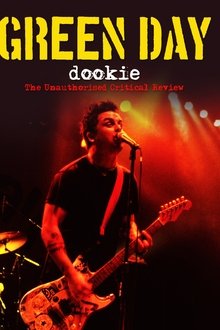
Green Day: Dookie (NaN)
A documentary that explores the making and impact of Green Day's third album Dookie, which was released in 1994 and became a worldwide phenomenon.
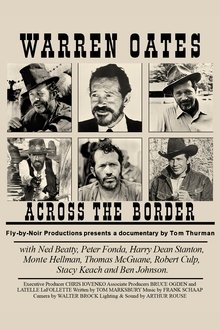
Warren Oates: Across the Border (1993)
A retrospective of the work of the late actor Warren Oates, with clips from his films and interviews with cast and crew members who worked with him.

Foo Fighters: Live At Wembley Stadium (2008)
Foo Fighters captured over their two sold-out nights at Wembley on 6th and 7th June, 2008.
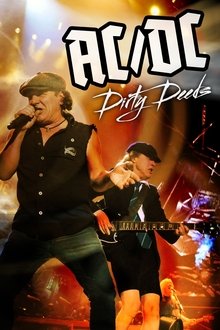
AC/DC: Dirty Deeds (2012)
Formed in Australia in 1973 by brothers Angus and Malcolm Young, AC/DC are considered pioneers of heavy metal. They are one of the highest grossing bands of all time. Using archive footage and interviews with Angus Young and former manager Michael Browning this fascinating programme takes you on a journey from their early days in Australia with Bon Scott to Brian Johnson joining the band and beyond.
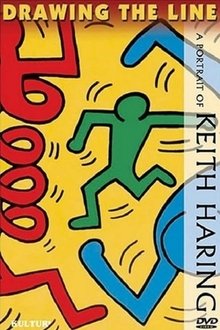
Drawing the Line: A Portrait of Keith Haring (1989)
Short documentary about artist Keith Haring, detailing his involvement in the New York City graffiti subculture, his opening of the Pop Shop, and the social commentary present in his paintings and drawings.

Cope 2 Kings Destroy (1999)
NYC Graffiti Documentary "Kings Destroy" straight from the boogie down Bronx and right into your living room, with guest appearances by KRS-1, FAT JOE, CASE II, SEEN, and many more...
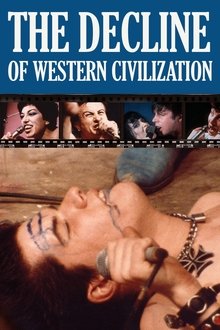
The Decline of Western Civilization (1981)
The Los Angeles punk music scene circa 1980 is the focus of this film. With Alice Bag Band, Black Flag, Catholic Discipline, Circle Jerks, Fear, Germs, and X.
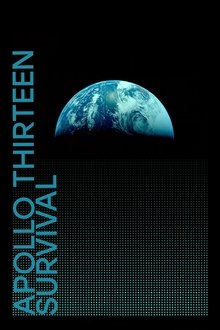
Apollo 13: Survival (2024)
Using original footage and interviews, this documentary tells the nail-biting story of Apollo 13 and the struggle to bring its astronauts safely home.

Johatsu - Into Thin Air (2024)
In Japan, thousands of people disappear voluntarily every year. And there are companies ready to help those who want to disappear without a trace and start a new life somewhere else. Meet some of them in a film that soberly examines a modern phenomenon.
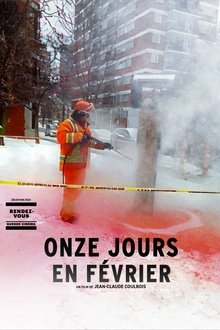
Fog in February (2024)
On the eve of the publication of a biography of Claude Jutra, one of the most famous and celebrated filmmakers in Quebec and Canada, a leak leaked to the press reveals that the book contains anonymous allegations of pedophile acts committed by the filmmaker. The rumor spread like lightning, suddenly igniting the entirety of Quebec society. By finding today some of the main witnesses propelled overnight into the heart of an unparalleled media tornado, the documentary reconstructs with archive images and other previously unpublished images, the sequence of events which led to a rewriting of the story.
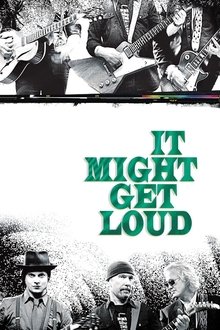
It Might Get Loud (2008)
A documentary on the electric guitar from the point of view of three significant rock musicians: the Edge, Jimmy Page and Jack White.

Blondie's New York and the Making of Parallel Lines (2014)
The story behind Blondie's album Parallel Lines, which sold 16 million copies and captured the spirit of 1970s New York at a time of poverty, crime and an exploding artistic life.
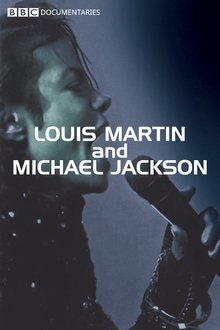
Louis, Martin & Michael (2003)
Louis Theroux sets out on a personal quest to meet the ultimate pop idol - Michael Jackson - and examine the often bizarre world that surrounded him and those that worshipped at his altar. The journey began in the summer of 2002 with a simple phone call to Uri Geller - a personal friend of Jackson's - to fix a meeting for Louis. What happened next resulted in a fantastical trek into a weird world of characters who orbited around the 'King of Pop'. Majestic Magnificent, Michael's personal magician, could be the gatekeeper to a meeting or just a fraud. Would Louis, a lifelong fan of Jackson, eventually meet his hero?
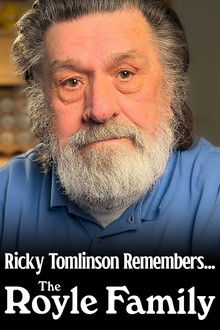
Ricky Tomlinson Remembers... The Royle Family (2023)
Ricky Tomlinson sits back in his chair and takes a fond look back at the much-loved comedy series The Royle Family, sharing his memories of playing head of the family Jim Royle and his experiences working with the show’s co-creator Caroline Aherne, who, as well as writing the show with co-star Craig Cash, also played Jim’s daughter Denise. Ricky talks about how a chance encounter helped him get the part of Jim, recounts what it was like filming some of the show’s most iconic moments, and tries to get the bottom of the origins of Jim’s famous, below-the-belt catchphrase.
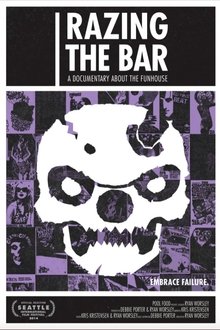
Razing the Bar: A Documentary About the Funhouse (2014)
Razing the Bar documents the development and eventual demolition of a well-loved fringe punk rock Seattle venue through interviews of employees, friends, and a multitude of local musicians.

Eine Zärtlichkeit wie bei Sirk - Todd Haynes über Fassbinder und das Melodram (2006)
In his film "Far From Heaven", Todd Haynes refers very respectfully to Douglas Sirk's "All that Heaven Allows". Fassbinder was also strongly influenced by Sirk's work. Haynes now explains this double fascination.
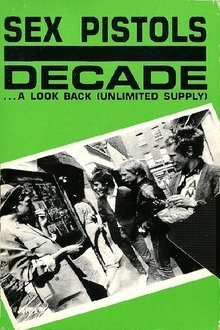
Sex Pistols: Decade... A Look Back (Unlimited Supply) (1989)
Featuring portions of over a dozen songs, humorous British 'punk' ads, opinions, Ronnie Biggs, Malcolm McLaren (of course!), and a fantastic not-so-candid Lydon interview.

Blondie : Greatest Hits - Sound & Vision (2005)
1. In the Flesh - 2. X Offender - 3. Denis – 4. Detroit 442 – 5. (I'm Always Touched by Your) Presence, Dear - 6 . Picture This - 7 . Hanging on the Telephone - 8. Heart of Glass - 9. Dreaming - 10. The Hardest Part - 11. Union City Blue - 12. Atomic - 13. The Tide Is High - 14. Rapture - 15. Island of Lost Souls - 16. Maria - 17. Good Boys